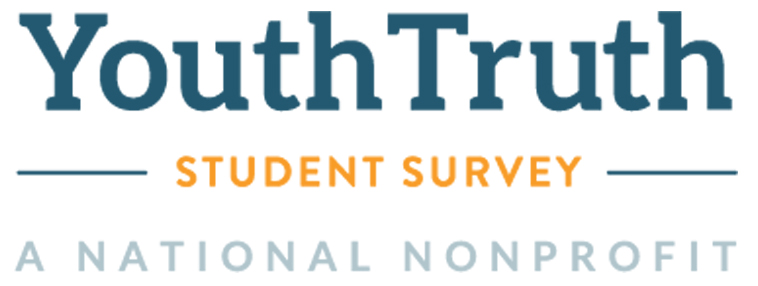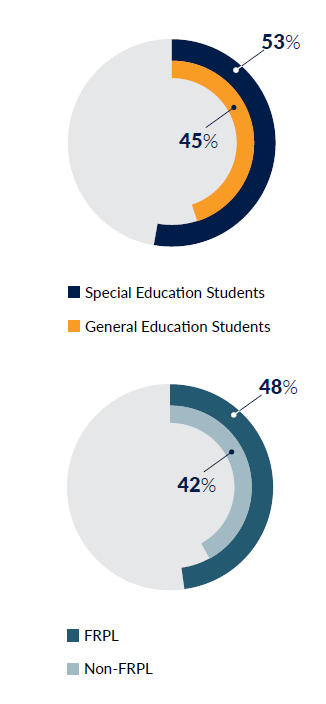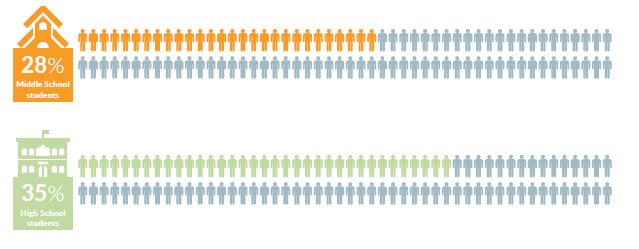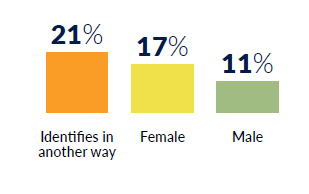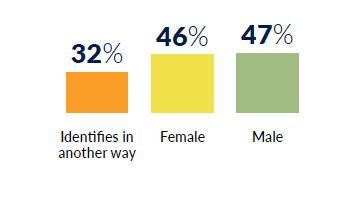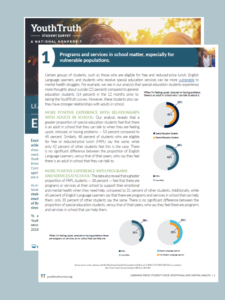Emotional and mental health is essential for student achievement, but many students are struggling.
Research shows that when students receive social-emotional and mental health support, they perform better academically. Students do not always receive the support they need to thrive, however. According to the U.S. Centers for Disease Control, mental health issues are increasing among school-aged children, and rates of suicide for youth ages 10 to 19 are on the rise.
As a national nonprofit that elevates student voice on critical issues in education, YouthTruth wanted to know: how do students perceive their own experiences with their emotional and mental health? What are their perceptions of the resources available to them when they are upset or stressed?
To answer these questions, we analyzed survey data from more than 70,000 students in grades 5-12. The data was gathered between 2012 and 2019 through YouthTruth’s anonymous online surveys, administered in partnership with public schools across 18 states. Here’s what we learned.
